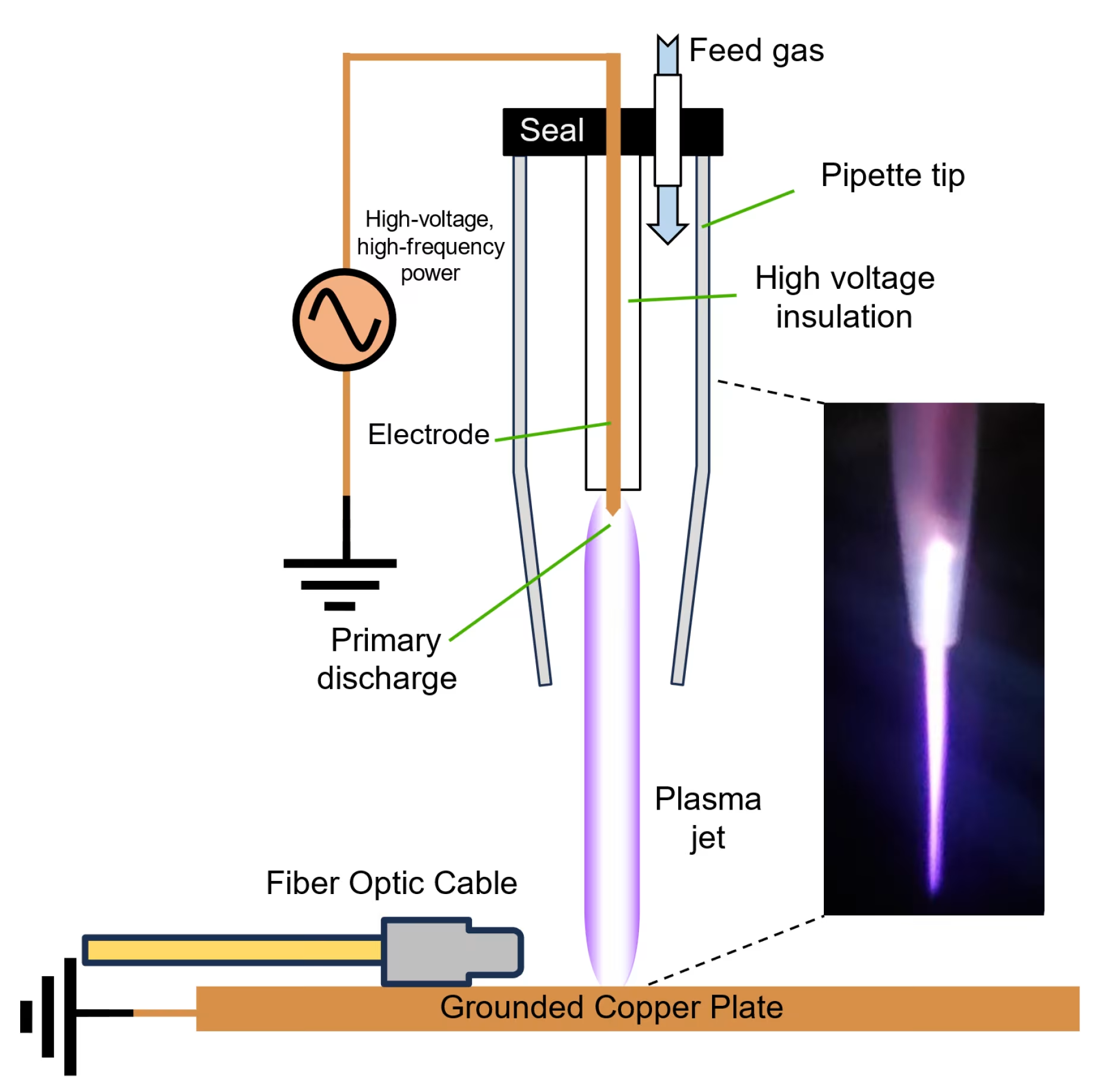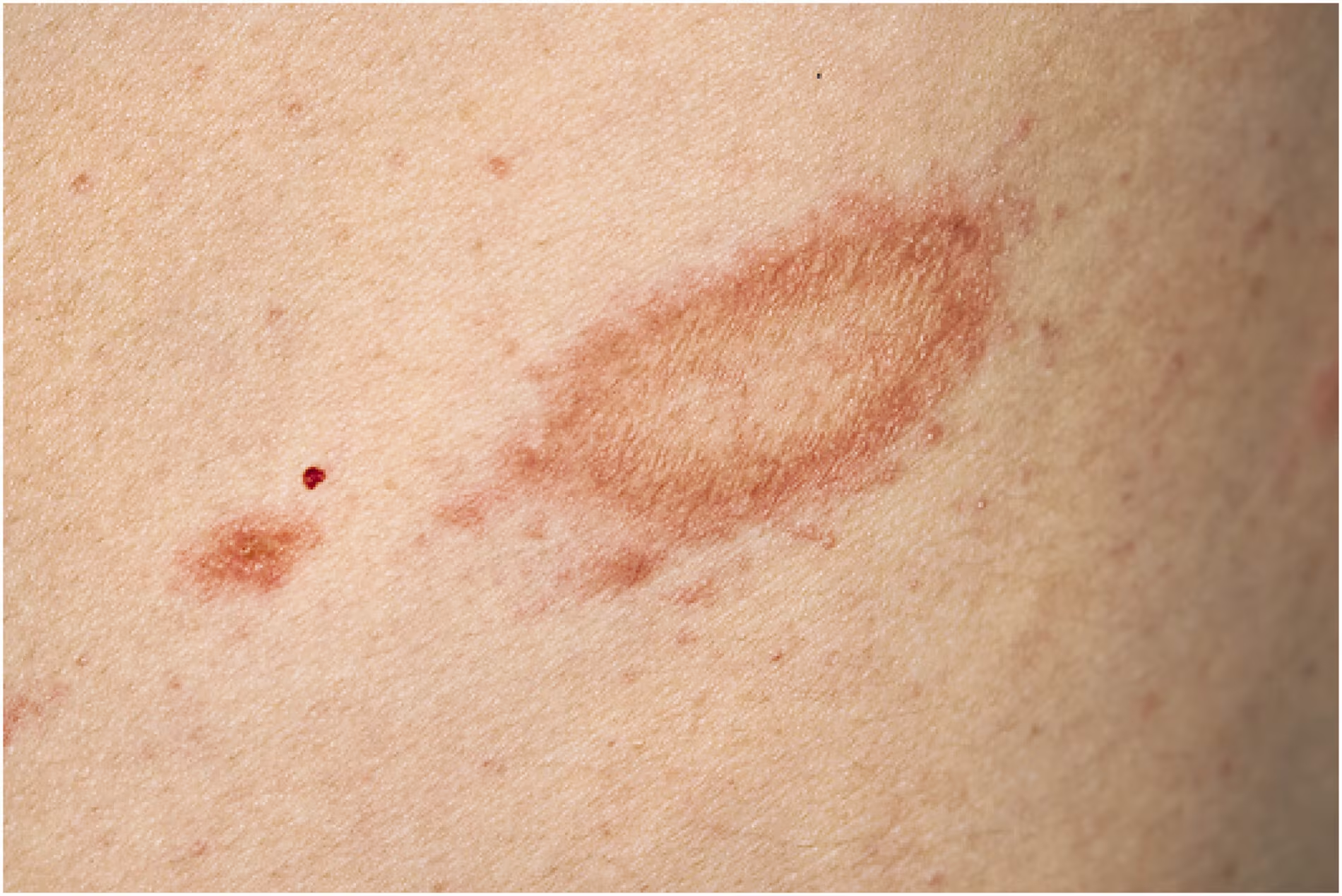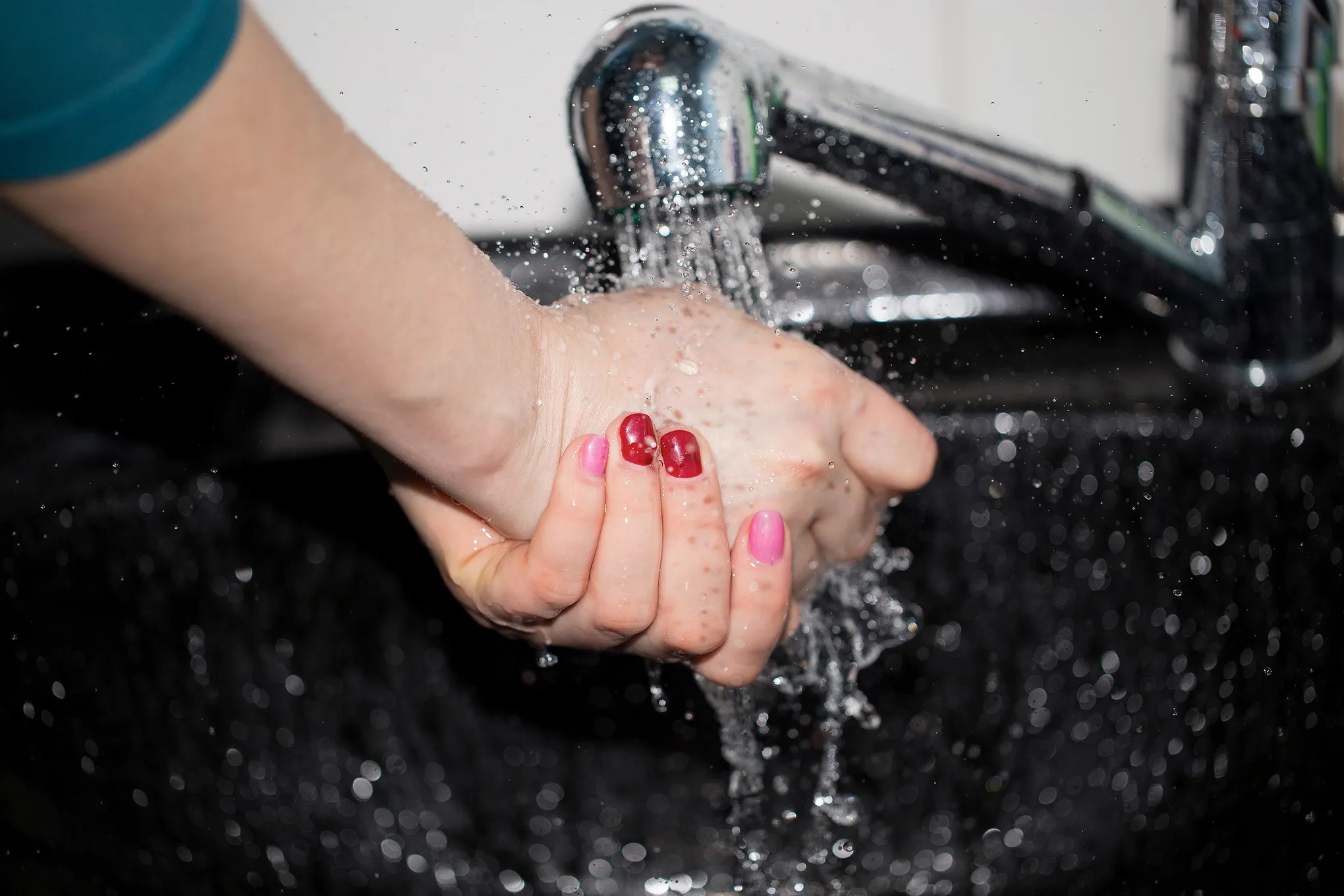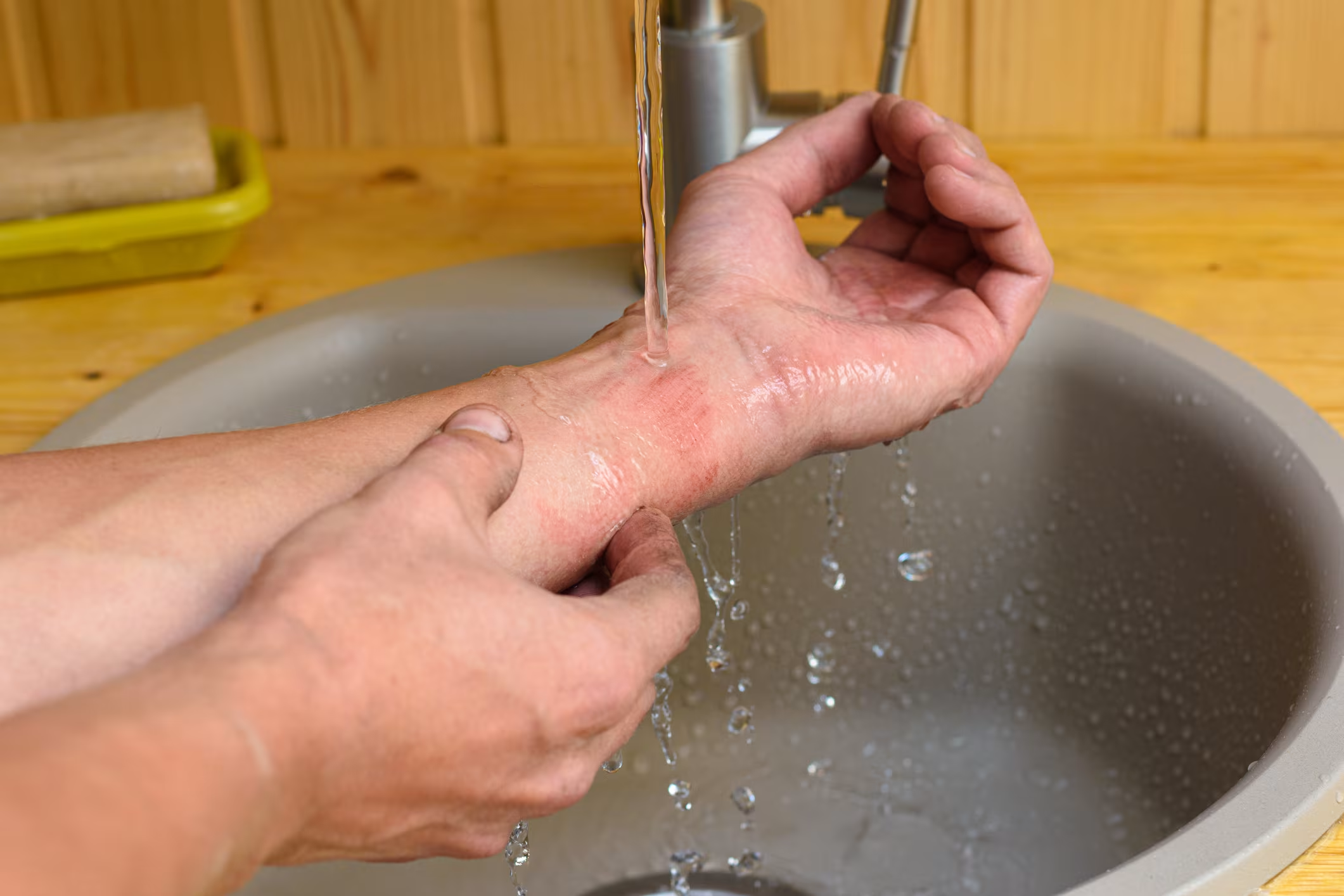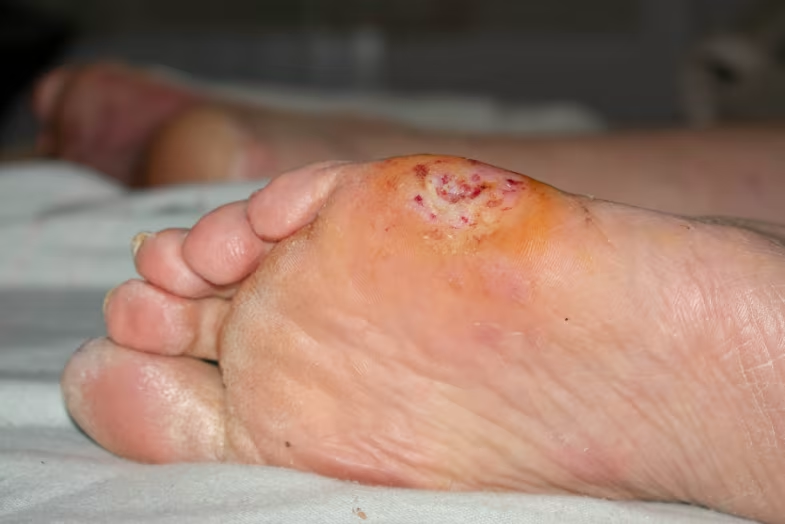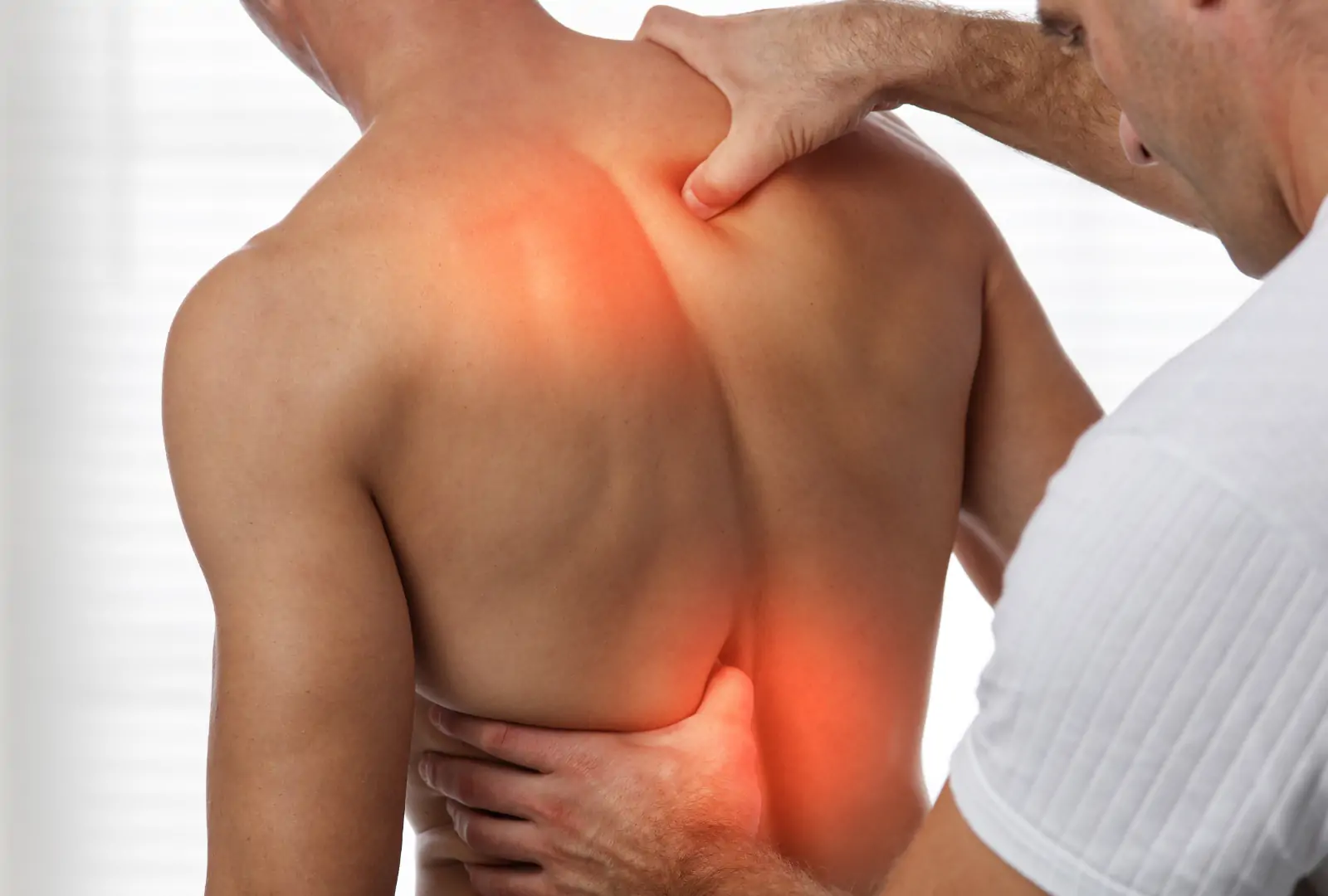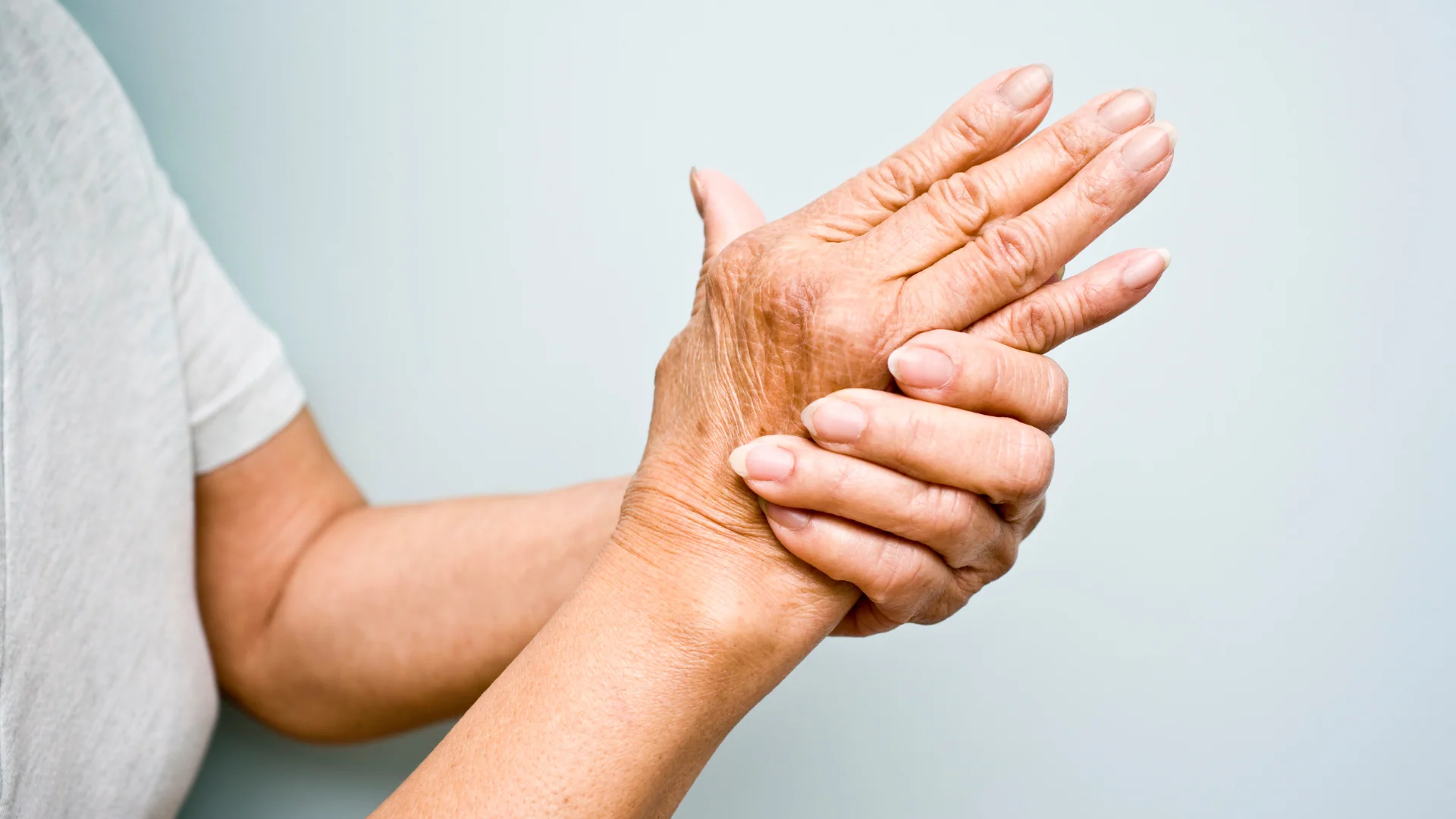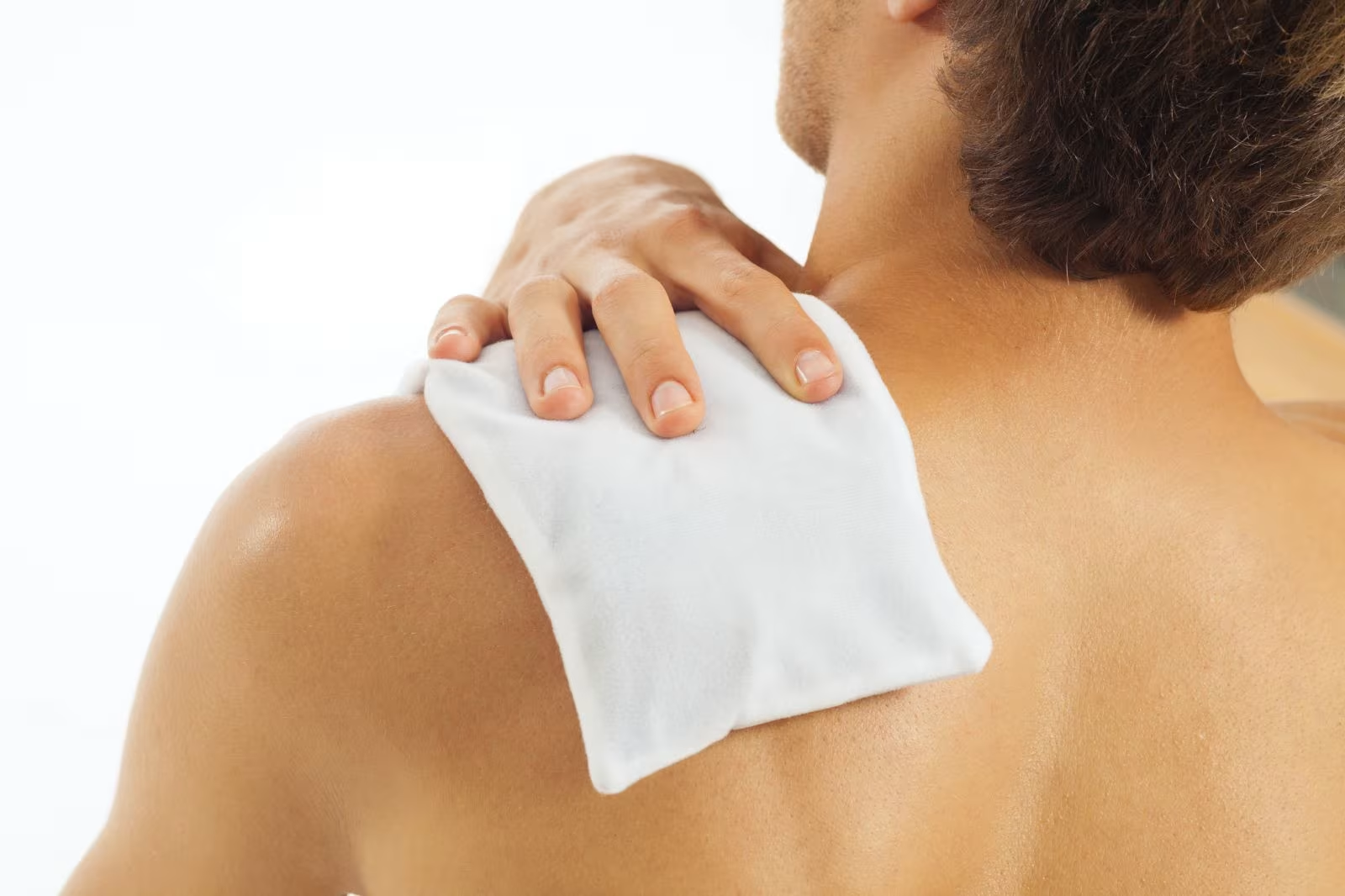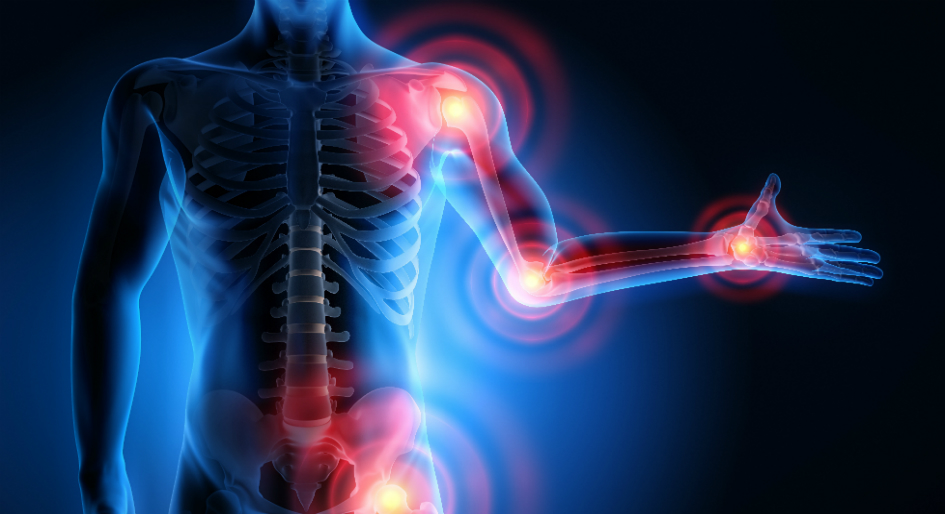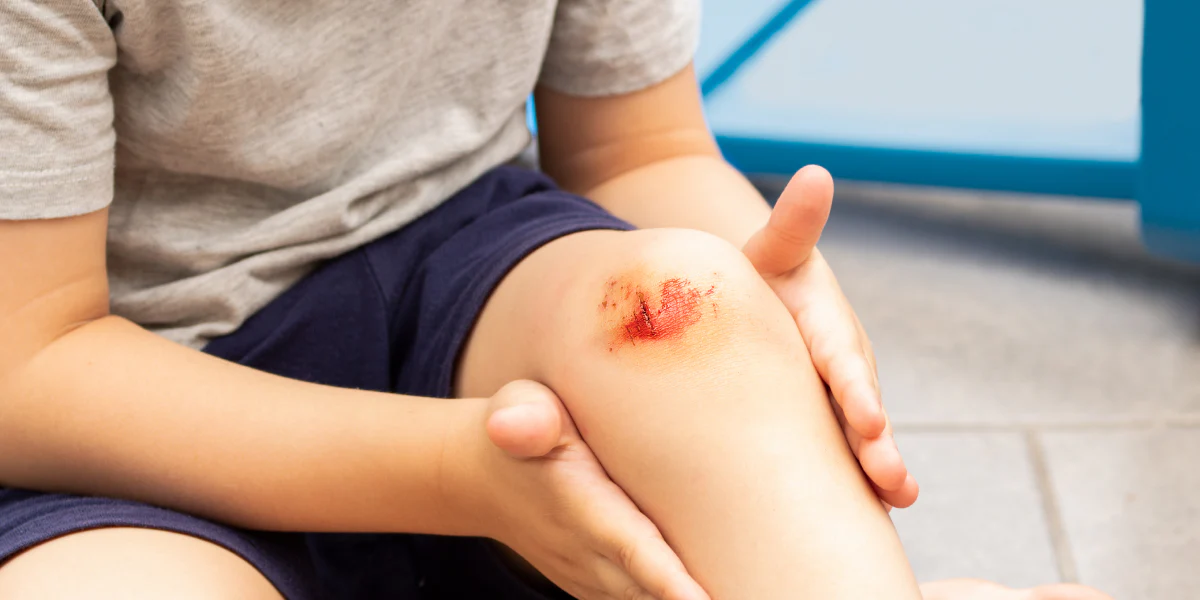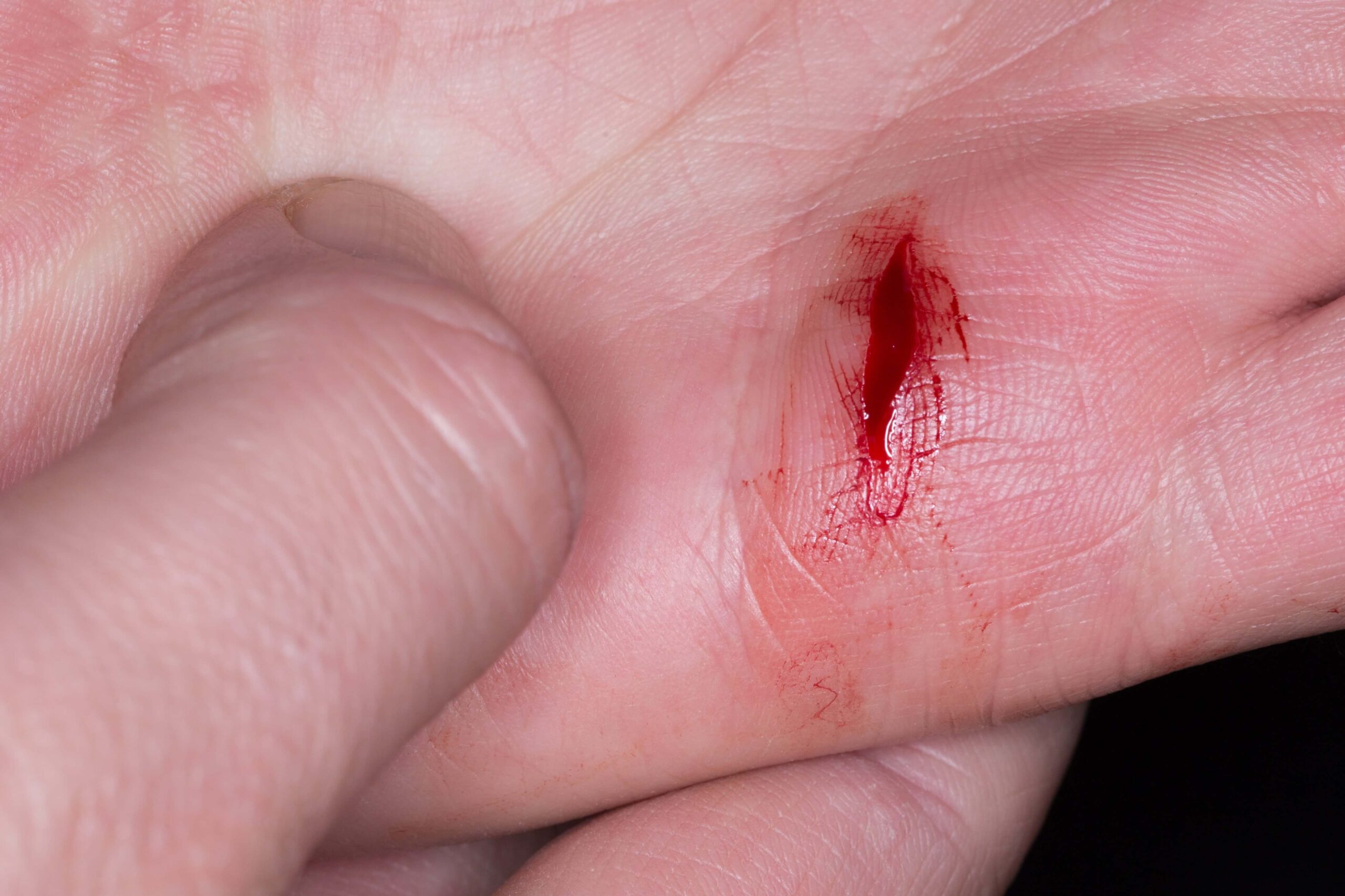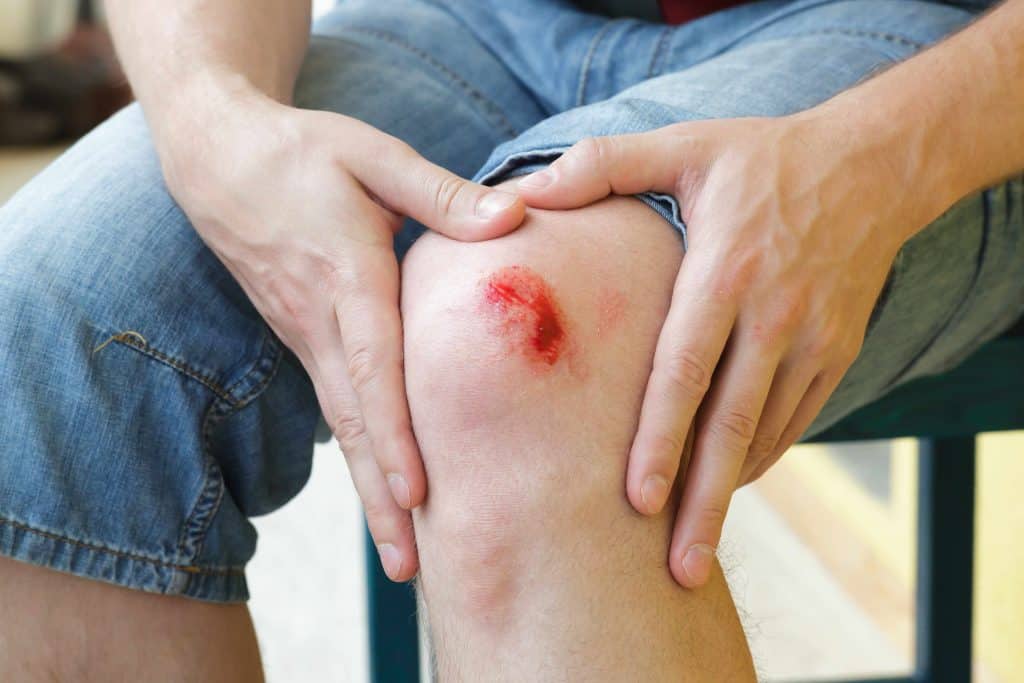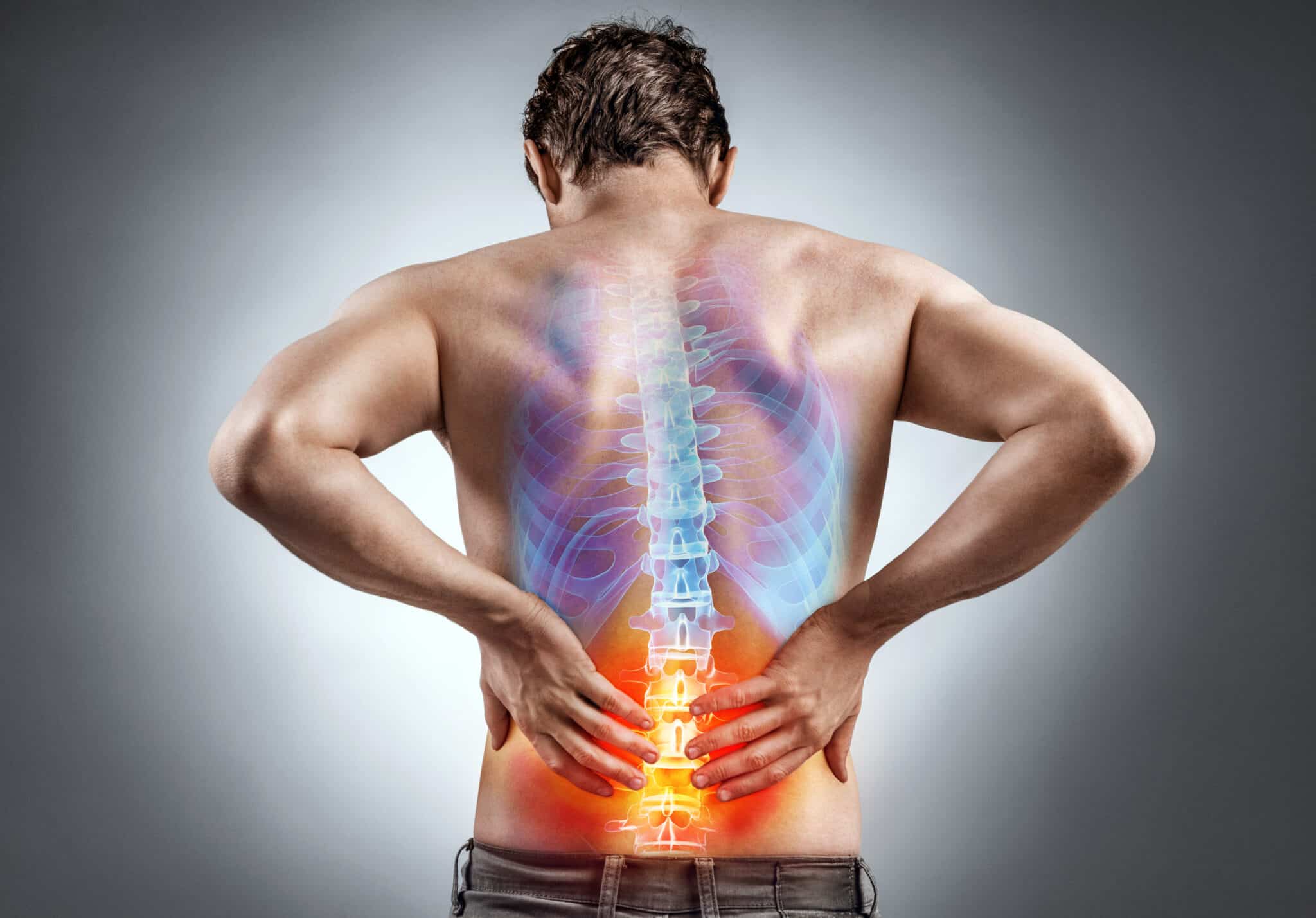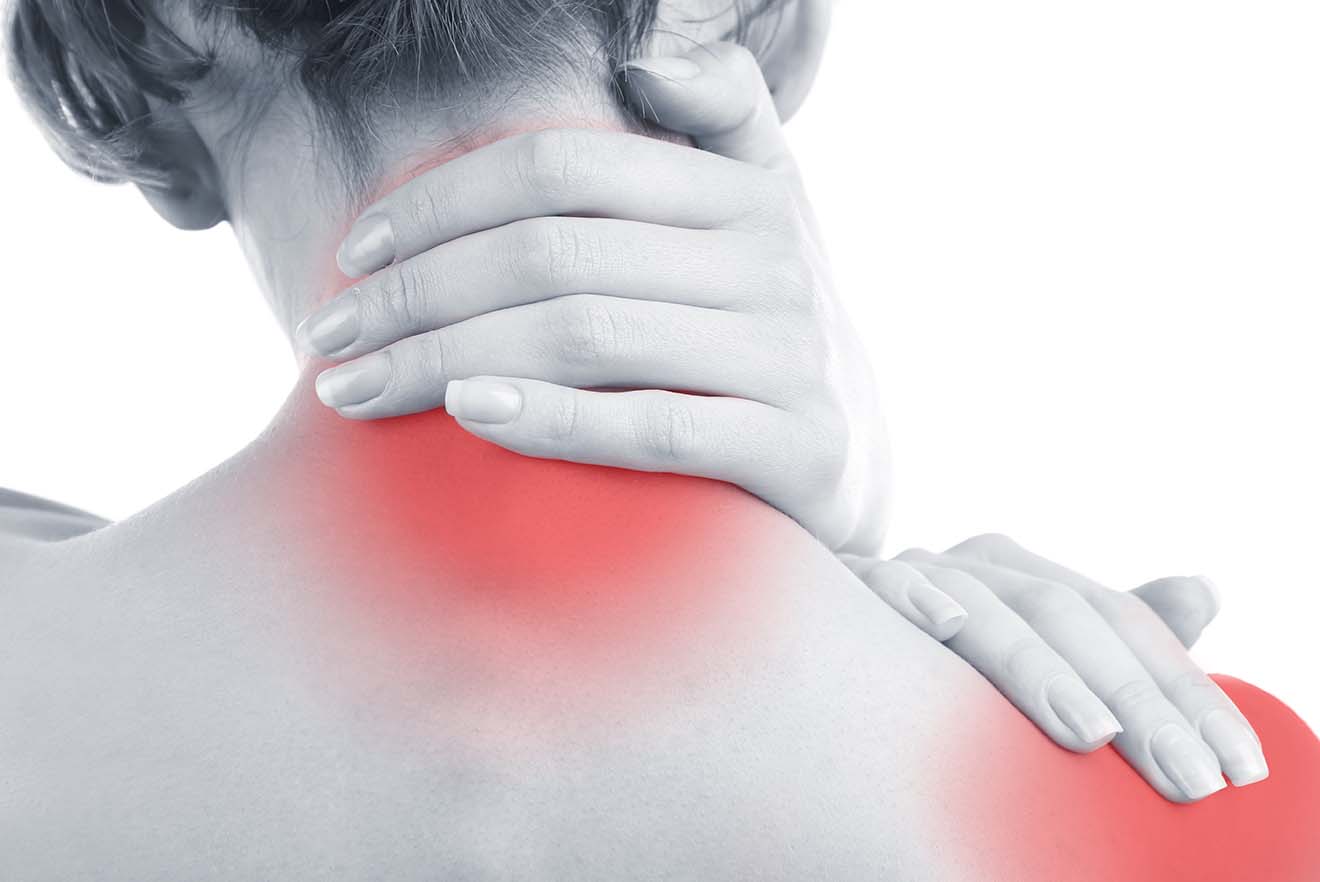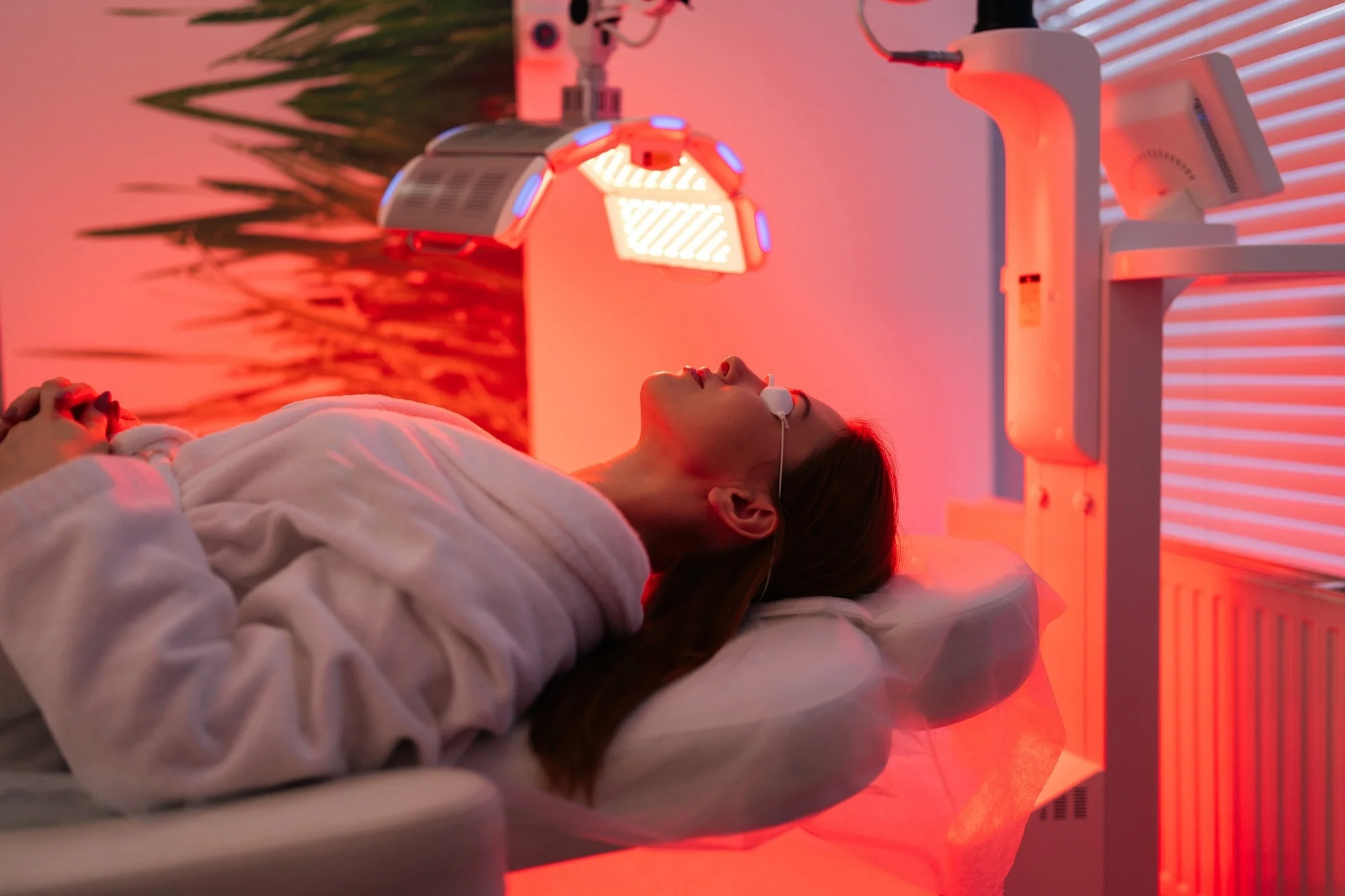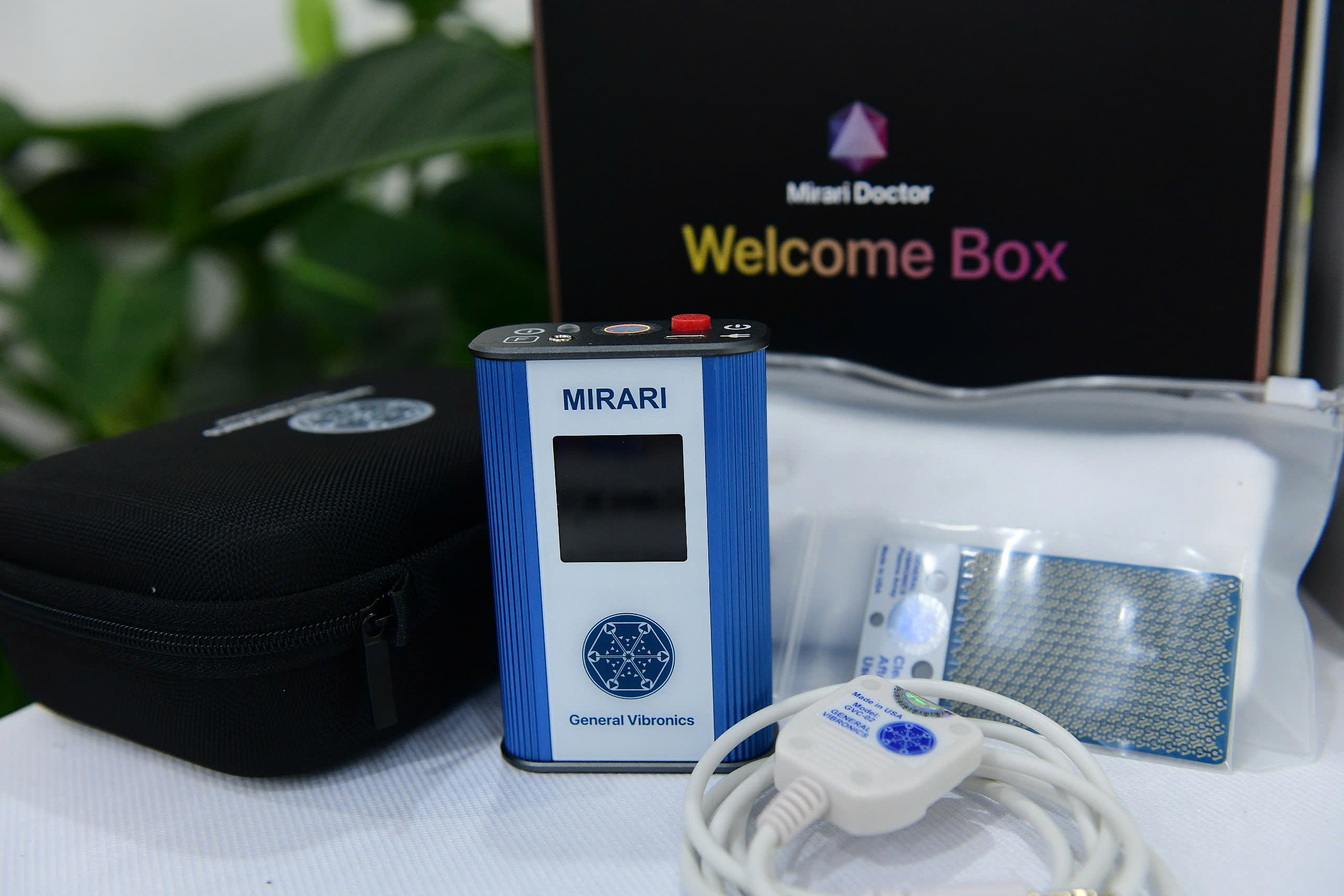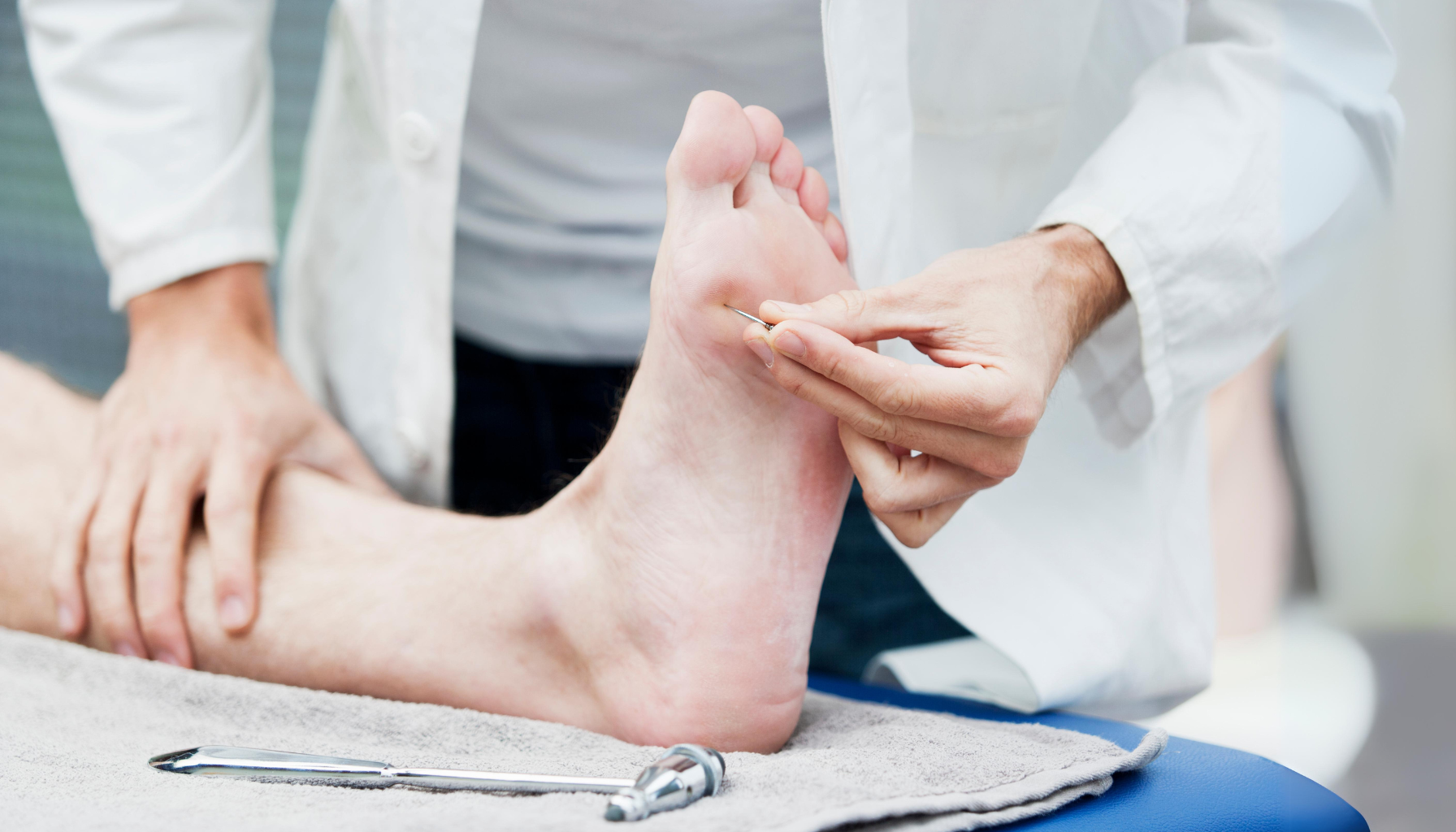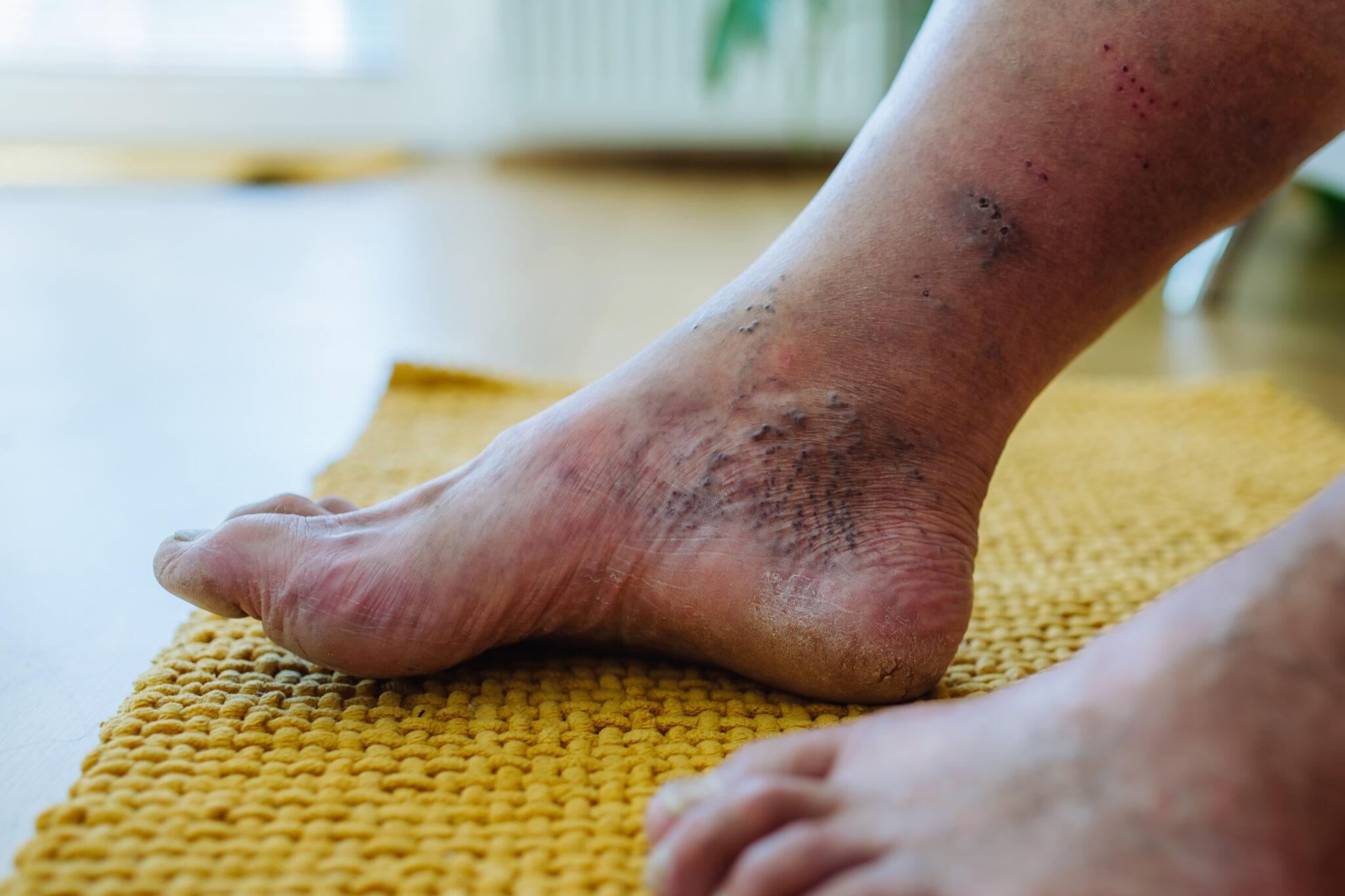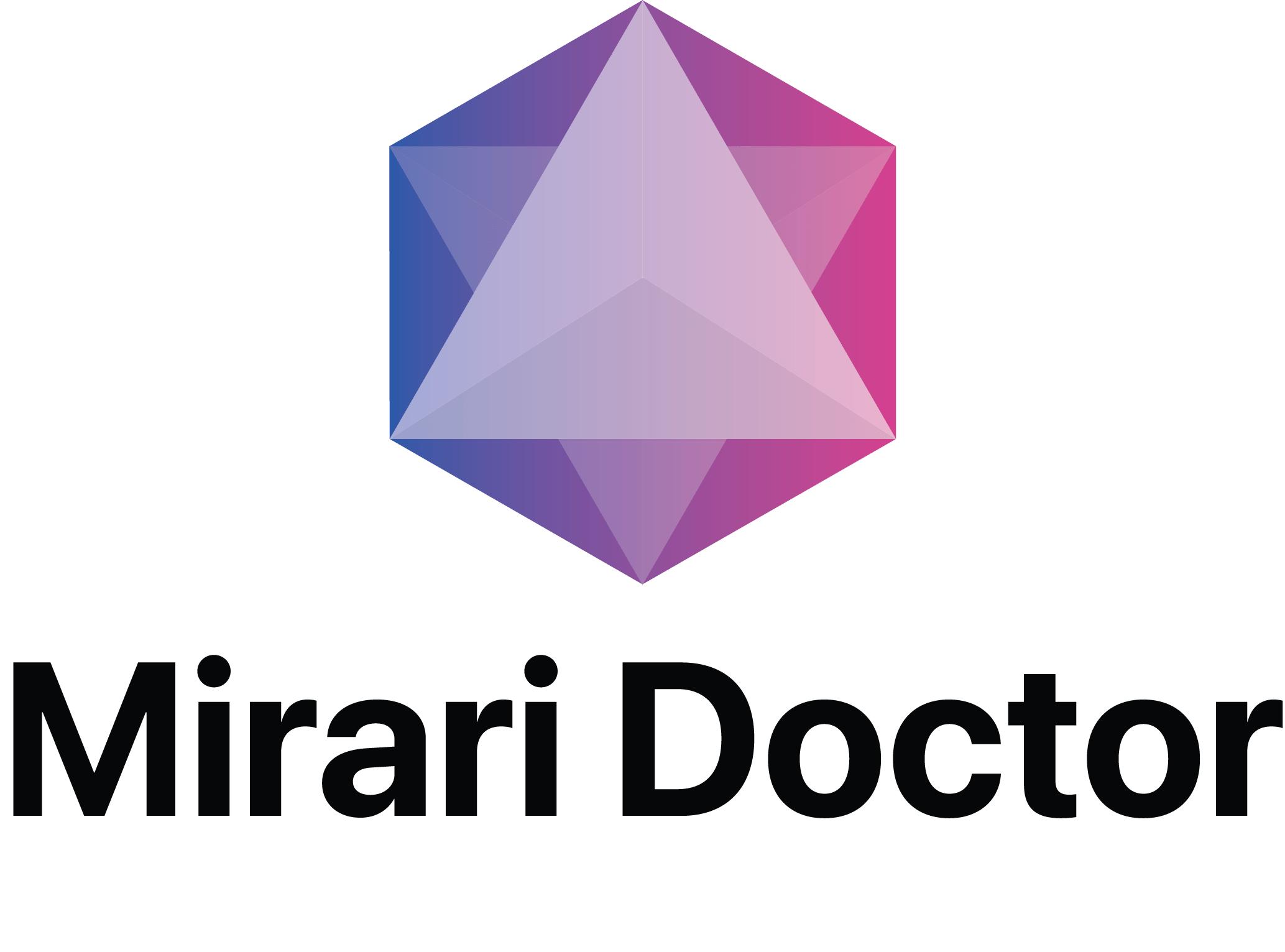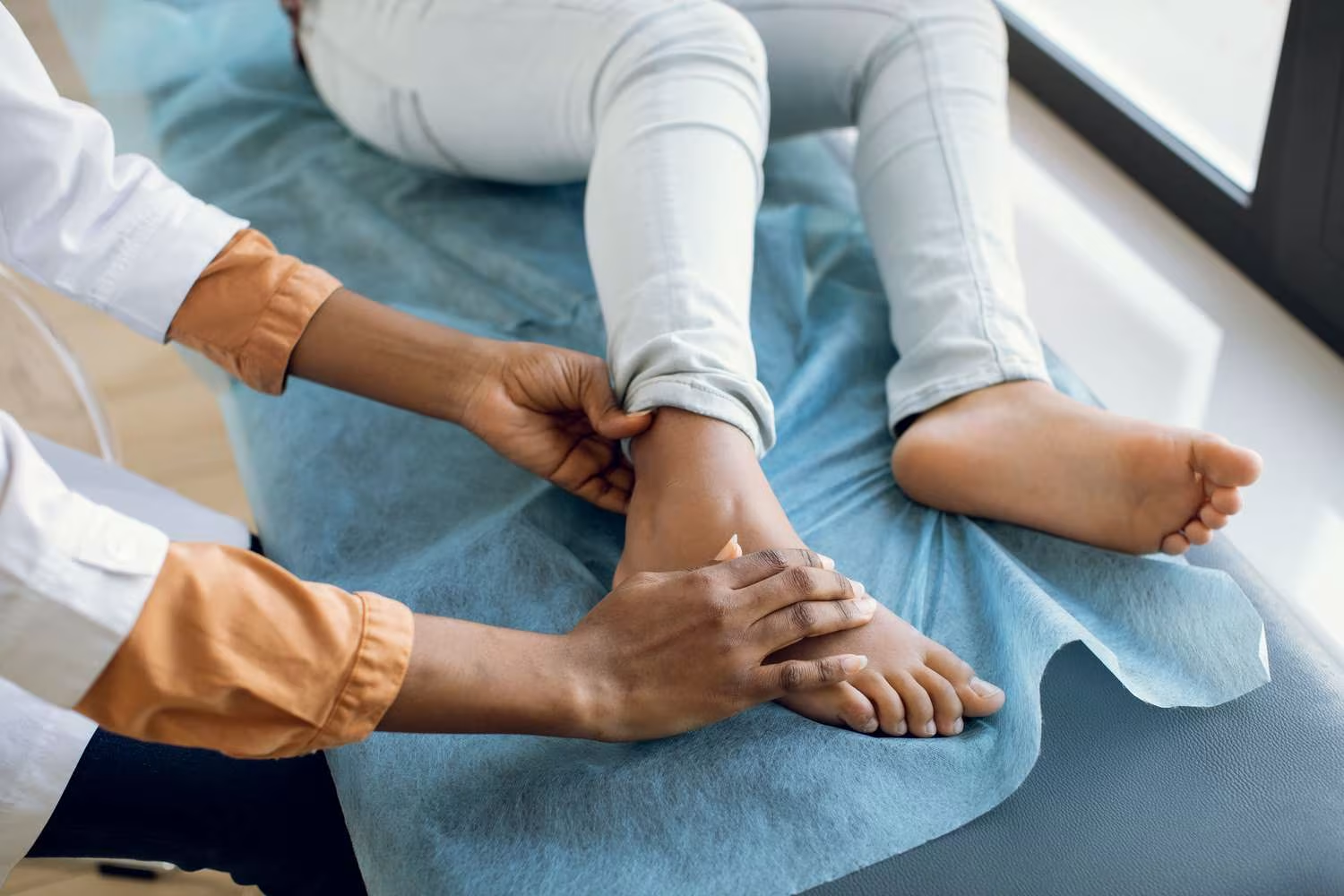
You May Be Interested In:
- Remedies for a Pulled Back Muscle: Expert Guide 2025
- Pain Relief: Complete Guide to Effective Treatment Options
- Chronic Pain Relief: Revolutionary Cold Plasma Breakthrough
- Muscle Spasm Treatment Revolution: Advanced Cold Plasma Technology for Complete Relief
- Cold Plasma in Pain Relief: Revolutionary Non-Invasive Treatment for Chronic and Acute Pain
Abductor hallucis strain treatmentrequires immediate intervention to address the damaged muscle fibers along the inner arch of the foot. This condition affects the abductor hallucis muscle, which runs from the heel bone to the big toe and plays a crucial role in foot stabilization and arch support[1].Primary causesinclude overuse from repetitive activities, sudden increases in physical activity, poor foot mechanics like overpronation, improper footwear, and direct trauma to the foot[2].Immediate treatment stepsinvolve rest, ice application for 10-15 minutes every hour during the first 24-48 hours, compression with taping or supportive footwear, and elevation when possible[3].Critical warning signsrequiring professional evaluation include severe pain that doesn’t improve with rest, numbness or tingling, inability to bear weight, or signs of infection such as increased redness and warmth[4]. Mostabductor hallucis strain treatmentprotocols show significant improvement within1-3 weeksfor mild strains, while moderate injuries may require 3-6 weeks of comprehensive therapy including advanced modalities like cold plasma treatment[5].
Understanding Abductor Hallucis Strain
Theabductor hallucis musclelies along the medial (inner) aspect of the foot, extending from the calcaneus (heel bone) to the proximal phalanx of the big toe. This muscle performs multiple critical functions that make it vulnerable to injury.
Primary Functions of the Abductor Hallucis
- Big toe abductionrepresents the primary function, allowing the big toe to move away from the other toes during activities like gripping the ground or maintaining balance[6].
- Arch supportis equally important, as the muscle helps maintain the longitudinal arch of the foot during weight-bearing activities. When weakened or strained, this can lead to arch collapse and overpronation[2].
- Gait stabilizationoccurs through the muscle’s role in controlling foot motion during walking and running. It prevents excessive inward rolling of the foot, which can cause compensatory problems throughout the kinetic chain[6].
Types of Abductor Hallucis Injuries
- Acute strainsresult from sudden overloading of the muscle, often during sports activities or unaccustomed physical exertion. These injuries typically cause immediate pain and require promptabductor hallucis strain treatment[5].
- Chronic tendinopathydevelops gradually through repetitive stress and overuse. This condition is often misdiagnosed as plantar fasciitis due to similar symptom patterns and anatomical proximity[3].
- Muscle herniationrepresents a rare but serious complication where the muscle protrudes through the surrounding fascia, potentially requiring surgical intervention[10].
| Strain Grade | Symptoms | Recovery Timeline | Treatment Intensity |
|---|---|---|---|
| Grade 1 (Mild) | Mild pain, minimal swelling | 1-3 weeks | Conservative care |
| Grade 2 (Moderate) | Moderate pain, noticeable dysfunction | 3-6 weeks | Comprehensive therapy |
| Grade 3 (Severe) | Severe pain, significant weakness | 6-12 weeks | Medical intervention |
Immediate Abductor Hallucis Strain Treatment
Quick action is essential for optimal recovery. The rightabductor hallucis strain treatmentimplemented immediately can prevent complications and accelerate healing.
RICE Protocol Application
- Restis the foundation of early treatment. Avoid activities that exacerbate pain, particularly running, jumping, or prolonged standing[6]. This doesn’t mean complete immobilization, but rather activity modification to allow tissue healing.
- Ice therapyshould begin immediately. Apply ice for 10-15 minutes every hour during the first few hours, then reduce frequency to 2-3 times daily as pain and swelling subside[5]. Never apply ice directly to skin – always use a barrier like a towel.
- Compressionthrough taping or supportive footwear helps reduce swelling and provides stability. Longitudinal and transverse taping of the plantar arch can significantly reduce stress on the injured muscle[5].
- Elevationwhen possible helps minimize swelling by promoting venous return. Raise the foot above heart level during rest periods for maximum benefit[15].
Pain Management Strategies
- Over-the-counter NSAIDslike ibuprofen can help manage pain and reduce inflammation. These medications work by blocking enzymes that produce inflammatory compounds[6]. Always follow package directions and consult healthcare providers before extended use.
- Topical analgesicsprovide localized relief without systemic effects. These can be particularly useful for patients who cannot tolerate oral medications[1].
- Activity modificationinvolves substituting high-impact activities with low-impact alternatives. Swimming or cycling can maintain fitness while allowing the foot to heal[6].
Advanced Treatment Options for Muscle Strains
Modernabductor hallucis strain treatmentincorporates innovative therapies that accelerate healing and improve outcomes.
Cold Plasma Therapy Revolution
Cold plasma technologyrepresents a breakthrough in soft tissue injury treatment. Available through Mirari Doctor (miraridoctor.com), this advanced therapy utilizes controlled reactive oxygen and nitrogen species to promote cellular healing while reducing inflammation[7].
Clinical research demonstrates thatcold plasma treatmentcan significantly reduce pain and accelerate tissue repair in muscle strains. The therapy works at the cellular level, stimulating natural healing processes without thermal damage to surrounding tissues[7].
TheMirari Cold Plasma Systemoffers unique advantages forabductor hallucis strain treatmentthrough its ability to target specific tissue layers while maintaining patient comfort. Treatment sessions typically last 10-15 minutes and can provide both immediate pain relief and long-term healing benefits[7].
Professional Therapeutic Interventions
- Laser therapyusing specific wavelengths can reduce swelling and pain while promoting faster healing. Multiple treatment sessions using 2-3 different wavelengths in synergistic mode show excellent results[5].
- Ultrasound therapyprovides deep tissue heating that can improve blood flow and reduce muscle tension. This modality is particularly effective after the acute inflammatory phase has resolved[6].
- Shockwave therapydelivers acoustic pressure waves to stimulate tendon regeneration and reduce pain. This treatment helps reboot the healing process in chronic cases and encourages formation of new blood vessels[3].
| Treatment Method | Effectiveness | Time to Relief | Session Duration |
|---|---|---|---|
| Cold Plasma Therapy | 85-95% improvement | Minutes to hours | 10-15 minutes |
| Laser Therapy | 70-85% improvement | Days to weeks | 15-20 minutes |
| Ice Therapy | 50-70% pain reduction | 15-20 minutes | 10-15 minutes |
| Ultrasound | 60-80% improvement | Days to weeks | 10-15 minutes |
Exercise and Rehabilitation Protocols
Properabductor hallucis strain treatmentincludes progressive exercise programs that restore function and prevent re-injury.
Stretching Techniques
- Plantar fascia stretchinghelps address compensatory tightness that often accompanies abductor hallucis strain. Sit with legs crossed, grasp the big toe, and gently pull it toward the shin while applying pressure to the arch[4].
- Calf muscle stretchingis crucial since tight calf muscles can contribute to excessive pronation and increased stress on the abductor hallucis. Perform both gastrocnemius and soleus stretches daily[8].
- Toe spreading exerciseshelp restore normal function of the abductor hallucis muscle. Practice spreading the toes apart while seated, holding for 5-10 seconds and repeating 10-15 times[11].
Strengthening Progressions
- Isometric exercisesbegin the strengthening phase. Press the big toe against resistance while maintaining neutral foot position. Hold for 5-10 seconds, repeat 10-15 times[11].
- Towel scruncheshelp strengthen the intrinsic foot muscles. Place a towel under the foot and scrunch it up using only the toes, focusing on the big toe’s contribution to the movement[2].
- Balance trainingimproves proprioception and functional stability. Progress from double-leg to single-leg standing, then add unstable surfaces and dynamic movements[3].
Functional Movement Patterns
- Gait trainingaddresses compensatory movement patterns that may have developed during the injury. Focus on proper heel-to-toe progression with appropriate big toe push-off[6].
- Sport-specific movementsshould be introduced gradually as healing progresses. This includes cutting movements, jumping, and other activities specific to the patient’s goals[6].
Risk Factors and Prevention Strategies
Understanding risk factors enables effectiveabductor hallucis strain treatmentand prevention of future injuries.
Anatomical Risk Factors
- Flat feet (pes planus)create increased stress on the abductor hallucis muscle due to arch collapse and excessive pronation. Custom orthotics can provide essential support[2].
- High arches (pes cavus)may also predispose to injury through altered foot mechanics and increased pressure on specific areas. Proper footwear selection becomes crucial[8].
- Limb length discrepancycan cause compensatory movements that increase stress on one foot more than the other. Professional assessment can identify these issues[3].
Activity-Related Risk Factors
- Sudden activity increasesrepresent a major risk factor. The “10% rule” suggests increasing training intensity or duration by no more than 10% per week[8].
- Improper footwearlacking adequate arch support or cushioning can contribute to muscle strain. Athletic shoes should be replaced every 300-500 miles of use[8].
- Surface changesfrom training on different terrains can alter foot mechanics and increase injury risk. Gradual adaptation to new surfaces is essential[6].
| Risk Factor | Impact Level | Prevention Strategy | Effectiveness |
|---|---|---|---|
| Flat Feet | High | Custom orthotics | 80-90% reduction |
| Poor Footwear | High | Proper shoe selection | 70-85% prevention |
| Rapid Training Increases | High | Gradual progression | 75-85% reduction |
| Tight Calf Muscles | Moderate | Regular stretching | 60-70% improvement |
When to Seek Professional Medical Care
Properabductor hallucis strain treatmentrequires knowing when professional intervention is necessary.
Emergency Warning Signs
- Severe painthat doesn’t respond to rest and basic treatment measures warrants immediate evaluation. This may indicate a more serious injury requiring specialized care[4].
- Numbness or tinglingin the foot or toes suggests possible nerve involvement. These symptoms require prompt professional assessment to prevent permanent damage[4].
- Inability to bear weightor significant functional limitation indicates a severe injury that needs medical attention. Don’t attempt to “walk it off” in these cases[6].
Indications for Specialist Care
- Chronic symptomslasting more than 2-3 weeks despite appropriate treatment may indicate underlying issues requiring specialized intervention[3].
- Recurrent injuriessuggest biomechanical problems or inadequate rehabilitation that need professional assessment and correction[8].
- Complex medical historyincluding diabetes, vascular disease, or previous foot surgeries requires specialized care for optimal outcomes[2].
Frequently Asked Questions
How quickly does abductor hallucis strain treatment work?
Abductor hallucis strain treatmenteffectiveness varies by injury severity. Mild strains typically improve within 1-3 weeks with proper care, while moderate injuries may require 3-6 weeks[5]. Advanced therapies like cold plasma treatment can accelerate healing, with many patients experiencing improvement within days. Consistent adherence to treatment protocols is crucial for optimal outcomes.
Can I continue exercising during abductor hallucis strain treatment?
Light exercise modification is generally beneficial duringabductor hallucis strain treatment. Avoid high-impact activities like running or jumping, but maintain fitness through swimming or cycling[6]. Walking is usually acceptable if it doesn’t increase pain. Professional guidance helps determine appropriate activity levels based on injury severity and healing progress.
What are the best home remedies for abductor hallucis strain?
Effective homeabductor hallucis strain treatmentincludes rest, ice for 10-15 minutes every few hours, compression through taping or supportive footwear, and elevation when possible[5]. Over-the-counter anti-inflammatory medications can help manage pain and swelling. Gentle stretching and toe exercises can be beneficial once acute pain subsides.
How do I prevent abductor hallucis strain recurrence?
Prevention strategiesinclude wearing properly fitted shoes with adequate arch support, using custom orthotics if you have flat feet, maintaining regular calf stretching, and gradually increasing activity levels[8]. Strengthening exercises for the foot and ankle, proper warm-up before activities, and addressing biomechanical issues through professional assessment are crucial for preventing recurrence.
Is cold plasma therapy safe for abductor hallucis strain treatment?
Yes,cold plasma therapydemonstrates excellent safety profiles for muscle strain treatment. The technology operates at room temperature, eliminating thermal burn risks while providing therapeutic benefits through controlled reactive species[7]. Clinical studies show minimal side effects, typically limited to temporary mild skin irritation. The non-invasive nature makes it suitable for patients seeking alternatives to pharmaceutical interventions.
What causes abductor hallucis strain to develop?
Abductor hallucis straincommonly develops from overuse, sudden increases in physical activity, poor foot mechanics like overpronation, and inadequate footwear support[2]. Athletes and individuals with flat feet are at higher risk. Direct trauma, muscle imbalances, and biomechanical abnormalities can also contribute to strain development. Addressing these underlying factors is essential for successful treatment.
How long should I rest with abductor hallucis strain?
Rest durationdepends on injury severity. Grade 1 strains may only require a few days of modified activity, while Grade 2 injuries might need 1-2 weeks of relative rest[6]. Complete immobilization is rarely necessary – focus on avoiding painful activities while maintaining gentle movement. Professional guidance helps determine appropriate rest periods and activity modifications.
Can abductor hallucis strain cause long-term problems?
Untreatedabductor hallucis straincan lead to chronic pain, altered foot mechanics, and increased risk of other foot problems[3]. Proper treatment prevents these complications and ensures full recovery. Early intervention with appropriate therapy, including advanced treatments like cold plasma when indicated, typically results in excellent long-term outcomes without lasting effects.
What footwear is best during abductor hallucis strain treatment?
Supportive footwearwith good arch support and cushioning is essential during treatment. Athletic shoes designed for your specific activity provide optimal support[8]. Custom orthotics may be necessary for individuals with flat feet or other biomechanical issues. Avoid high heels or unsupportive shoes that can worsen symptoms and delay healing.
How effective is cold plasma therapy compared to traditional treatments?
Cold plasma therapyoffers superior outcomes compared to many traditional treatments, with 85-95% improvement rates in clinical studies[7]. Unlike medications that may cause side effects, cold plasma provides localized treatment with minimal adverse reactions. The therapy can be combined with conventional treatments for enhanced results, often reducing overall treatment time and improving patient satisfaction.
Medical Disclaimer and Safety Information
This information is for educational purposes only and should not replace professional medical advice[1]. Always consult with a qualified healthcare provider for diagnosis and treatment recommendations.Abductor hallucis strain treatmentshould be individualized based on injury severity, patient health status, and response to therapy.
Critical Safety Warning:Seek immediate medical attention for severe pain that doesn’t improve with rest, numbness or tingling in the foot, inability to bear weight, or signs of infection including increased redness, warmth, or swelling[4]. Delays in treatment can lead to chronic complications or permanent dysfunction.
Individual responses to treatments vary significantly. What works for one person may not be suitable for another. Professional medical guidance is essential for developing safe and effectiveabductor hallucis strain treatmentplans tailored to individual needs and circumstances.
References
- Verywell Health. (2024). Abductor Hallucis Pain: Causes, Symptoms, and Treatment.//www.verywellhealth.com/abductor-hallucis-pain-8421332
- Southern Maryland Foot & Ankle. (2024). Abductor Hallucis Strains: Causes, Symptoms, and Treatment.//somdfootandankle.com/what-is-an-abductor-hallucis-strain/
- Masterton Foot Clinic. (2022). Abductor Hallucis Tendinopathy.//www.mastertonfootclinic.co.nz/abductor-hallucis-tendinopathy/
- Rehab My Patient. (2020). Abductor Hallucis.//www.rehabmypatient.com/toe/abductor-hallucis
- Ottawa Foot Clinic. (2016). Abductor Hallucis Strain.//ottawafootclinic.com/practice-areas/abductor-hallucis-strain/
- Sports Injury Clinic. (2025). Abductor hallucis strain.//www.sportsinjuryclinic.net/midfoot-pain/abductor-hallucis-strain
- MSK Clinic. (2023). From Pain to Gain: Mastering Ankle and Foot Sprain Recovery.//www.mskclinic.co.uk/post/from-pain-to-gain-mastering-ankle-and-foot-sprain-recovery
- Berg DPM. (2024). Inside of the Foot Pain: Causes, Treatment, and Prevention.//www.bergdpm.com/blog/expert-treatment-for-inside-of-the-foot-pain-in-north-seattle.cfm
- Bloomington Podiatrist. (2024). Muscle Pain in the Foot.//www.bloomingtonpodiatrist.com/muscle-pain-in-the-foot/
- Science Direct. (2022). Surgical repair of an abductor Hallucis muscle herniation with tarsal tunnel syndrome.//www.sciencedirect.com/science/article/pii/S2667396722000209
- Dr. Justin Dean. (2021). Abductor Hallucis: Anatomy, Injury and Treatment.//drjustindean.com/bigtoemph/
- South Burnett Podiatry. (2024). Abductor Hallucis Tendinopathy.//www.southburnettpodiatry.com.au/condition/abductor-hallucis-tendinopathy
- Reddit. (2024). Foot pain (Abductor Hallucis).//www.reddit.com/r/FootFunction/comments/1feg3q3/foot_pain_abductor_hallucis/
- YouTube. (2024). Abductor hallucis | Sports massage for foot pain, part 2.//www.youtube.com/watch?v=4i7htEhHOyQ
- Perform Podiatry. (2025). Abductor Hallucis Tendinopathy.//www.performpodiatry.co.nz/foot-problems/abductor-hallucis-tendinopathy/
Related articles
Made in USA



